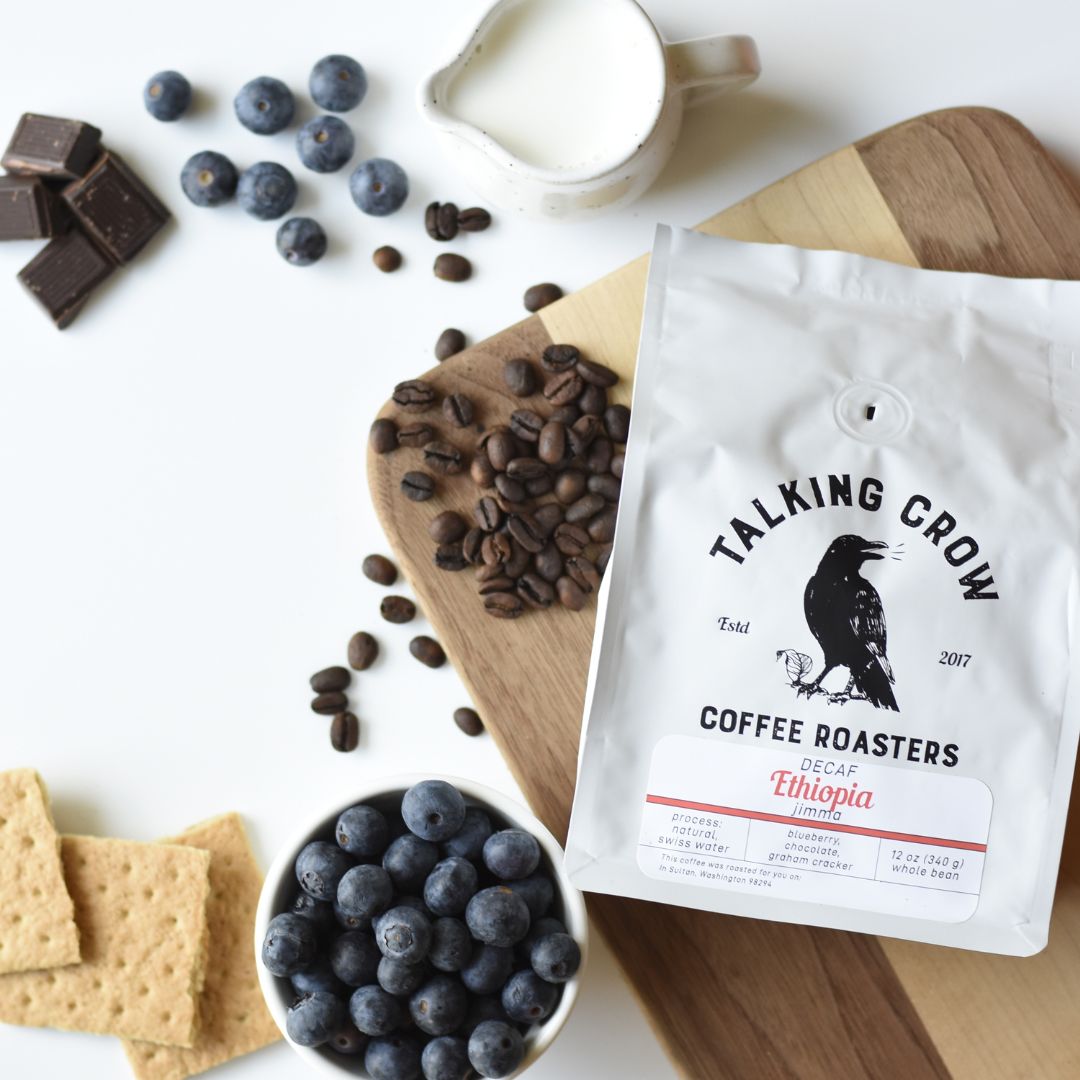Why Ethiopian?

"Qahwah", "Kaffa", "Quwwa", these are all words that have been claimed to be where the English word, “coffee” comes from. And just like the many names, there are many stories that try to take credit for where the first cup of coffee came from. Goats eating the berries and their shepherd following their example, a weary traveler eating the berries after watching tired birds do the same and being revitalized, monks throwing the imported berries into a fire, and then once smelling the aroma, raking them out of the coals and boiling them - but whatever tale you hold to, they all have one thing in common - the origin of coffee: Ethiopia.
Ever since its discovery, coffee has been a large part of the Ethiopian culture and still continues to be in current day - in rituals, ceremonies and everyday life. In fact, over sixty percent of the country’s trade exports involve coffee, although unlike most cash crop exporters, Ethiopia consumes nearly fifty percent of its coffee production domestically and not just the “ugly beans”, but some of the best coffee is generally kept in country. This is a departure from what we see in most coffee producing countries by a long shot, however knowing that they drink coffee as much as we do makes me feel a little better about myself.
Ethiopian coffee is truly unlike most coffees of the world, in part due because while all coffee plants can trace their roots back to Ethiopia, most of the worldwide coffee has been grown, in a sense, from plant descendants that were taken from Ethiopia and then cultivated out of the country. Whereas Ethiopian coffee is grown from plants that have thrived in their natural habitat for centuries and thus have substantial genetic variation, with an estimation that over ninety percent of arabica coffee's genetic material is from just this country!
This substantial amount of genetic variation leads to something truly unique about Ethiopian culture - taste! It is said that almost every village has a different coffee variety, so no one crop tastes like another, leading to amazing flavors that we just don’t see in other coffee production.
Within Ethiopia, there are three main growing regions – Harrar, Ghimbi and Sidamo (also known as Yirgacheffe). Almost all coffee in Ethiopia is cultivated on small farms with the exception of some larger, government run estates. Ethiopian coffees are mostly grown under shade and with little to no use of chemicals. Ethiopian Harrar hails from the eastern part of the country and is dry-processed. They are labeled Mocha or peaberry, longberry or shortberry. Ghimbi is in the western part of the country. These coffees are wet-processed. Ethiopian Yirgacheffe or Sidamo is considered to produce some of the finest coffees in the world, and often fetches some of the highest prices on the world market.
Ethiopian beans are generally noted for their more fruity and light flavors some being: blueberry, strawberry, hints of chocolate, lime, mint and many more floral notes as well. Ethiopia has some of the most diverse coffee tastes in the world and an ancient coffee culture that survives to this day, it’s easy to see why so many people enjoy its taste and tradition!
Ethiopian coffee is definitely a favorite here at Talking Crow, and we carry it in both regular and decaf!
Written by M.J. Blanchet